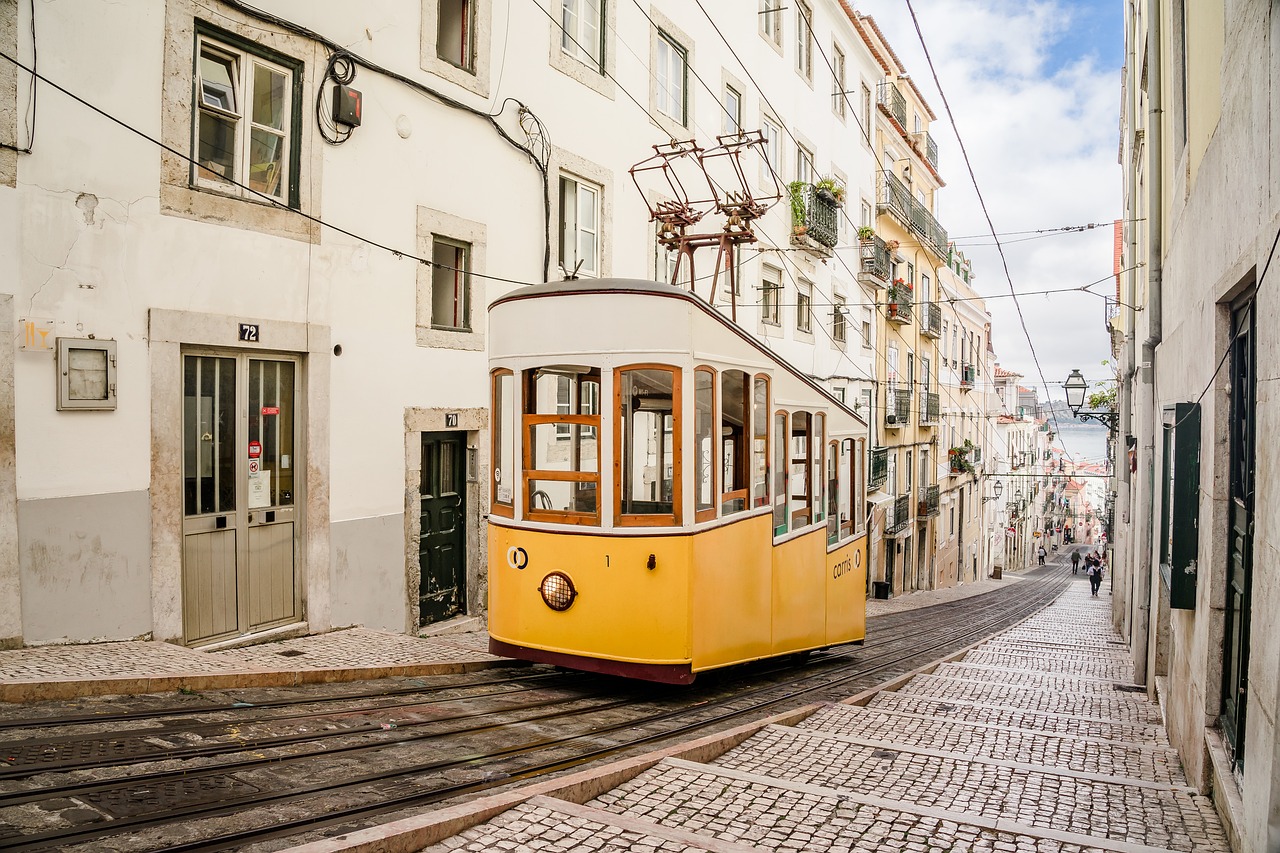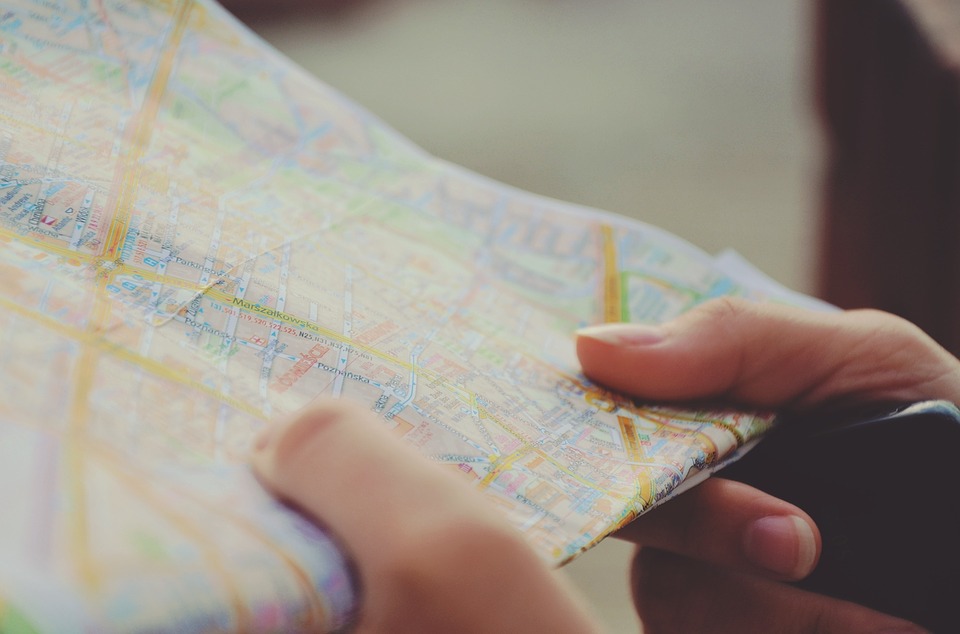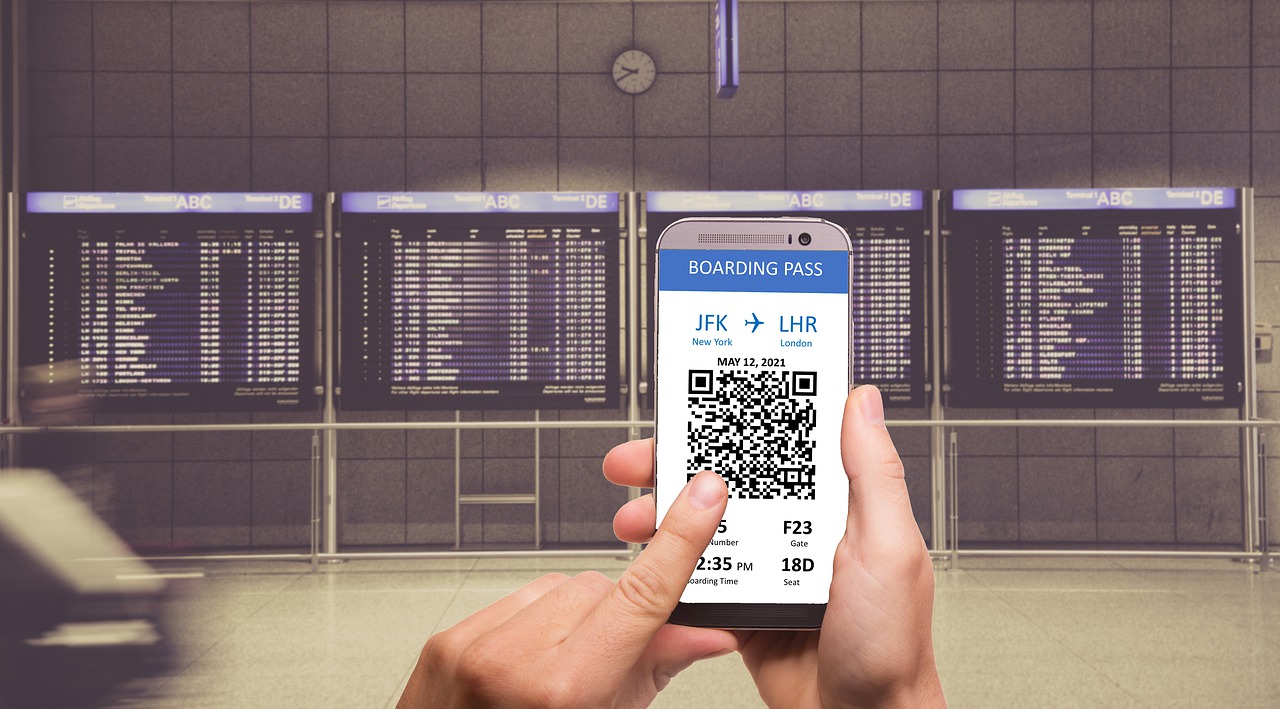
It’s never easy to navigate an unfamiliar road, and the challenge is often doubled when you’re doing so in a foreign country that employs a transport system quite different from the one you’re used to. If you’re looking forward to a trip abroad in the next few weeks or months, perhaps you’re concerned that you’ll get lost and find yourself in a vulnerable situation.
But worry not. Armed with the right knowledge and strategies, tourists like yourself can transform potential navigational challenges into fun and stress-free opportunities for exploration. Here are practical tips that will help you seamlessly integrate with the local public transport systems during your foreign trip:
1) Research the Transport Options
First, you should start looking into the public transportation options that you can use way before your trip even begins. Conduct thorough research on the available public transit options in your destination. This will help you understand the diverse modes of transportation in the area, such as buses, trains, and trams. Your knowledge will make it easy to choose the most convenient option for your journey.
Also look into online resources that can help you navigate unfamiliar routes during your trip. If you’re travelling to the Lion City, for instance, shop for the best SIM only plan Singapore telcos and mobile operators like Singtel, StarHub, and M1 can offer for the purpose of your travel. This way, you can easily download travel guides or access official transportation websites while you’re on the go.
It’s also an option to familiarise yourself with route maps and identify key stations in your destination so that you can plan your routes in advance and navigate the local transit system with full confidence.
2) Obtain a Physical Transport Map
Many people rely on digital maps to navigate public transportation systems and find their way around unfamiliar locations. But it’s also a good idea to have a physical backup to your digital resources. Your physical map will come in handy in the event that you run into technical issues while on the road.
Acquiring a local transport map upon arrival is akin to having a visual guide to the city’s transit network. These maps are often available at transport stations or tourist information centers. Study the physical map to gain insights into the layout of routes and stops and attain a better understanding of the public transport infrastructure. Make sure you pay attention to the symbols and legends on the map to interpret routes, interchanges, and key landmarks.
3) Purchase Travel Cards or Tickets
Opting for travel cards or tickets is a practical approach to streamline your public transport experience and perhaps even save on travel expenses. These cards often provide cost-effective solutions for tourists in the form of unlimited or discounted rides for a specific duration.
Purchase these cards from vending machines or designated counters at transit hubs. To avoid delays, ensure that these cards are topped up with sufficient credit before embarking on your journey. Adapting such a strategy allows you to save time and eliminate the need to buy individual tickets for each trip.
Keep the card handy, as you might need it not just for trains or buses but also for trams or ferries, depending on your destination city’s transport offerings.

4) Learn Basic Phrases in the Local Language
You should also learn at least a few basic phrases in the local language if you want to bolster your ability to navigate the public transport system. Knowing phrases like “Where is the bus stop?” or “How much is a ticket?” will allow you to communicate effectively with locals and transit staff.
Before your trip, consider practicing on language learning apps or downloading digital phrasebooks tailored for travelers like yourself. Through resources like these, you’ll be able to familiarise yourself with key expressions related to transportation. This effort will facilitate smoother interactions with locals and also demonstrate your respect for their culture and language.
5) Understand the Local Fare Systems
Gaining a clear understanding of the fare systems in place is essential for the efficient use of public transport in a foreign country. Ahead of time, research whether the fare is distance-based, a flat rate, or determined by zones.
Also familiarise yourself with how to pay, whether it’s through cash, a travel card, or a mobile app. Some systems offer discounts for off-peak hours or specific demographics, so be aware of any available concessions.
Knowing the fare policies can help you budget effectively and avoid any confusion or delays when boarding. Stay informed about any transfer rules as well to ensure a seamless and cost-effective journey using the local transport network.
6) Identify Key Stations and Stops
Just like in your home country, recognizing the major transit hubs and stops is fundamental for a smooth travel experience abroad. Identifying stations close to popular tourist attractions and your accommodation simplifies route planning and minimizes the risk of getting lost.
Use the transport map you’ve downloaded or bought to pinpoint key locations. The good news is that many cities employ clear signage in English at major stations. Pay attention to these signs and announcements so that you can quickly determine your location and easily navigate your way through the bustling transit network.
7) Be Mindful of Peak Hours
Being mindful of peak hours or when public transport is likely to be crowded allows you to plan your journeys more strategically. In many cities, rush hours coincide with the start and end of the workday. To avoid crowds and decrease your chances of getting delayed, plan your trips during off-peak hours if your schedule permits.
If you find yourself traveling during peak times, consider adjusting your plans to accommodate the expected higher passenger volume. This way, you can travel more flexibly instead of rushing and getting stressed out as you head to your next location.

8) Stay Informed of Schedules
Access to timely information on departure and arrival times prevents unnecessary waiting and ensures that you can punctually reach your destination. Many cities provide online platforms, mobile apps, or electronic displays at transport hubs. Use these resources to access real-time transit schedules and adjust your plans accordingly. Preparing for your journeys using up-to-date schedule information will enhance your overall experience and lessen the potential for delays.
Final Thoughts
Mastering your destination location’s public transport system is clearly a gateway to a deeper connection with the local way of life. Upon incorporating these actionable insights into your travel toolkit, you’ll be able to enhance your ability to navigate efficiently and open doors to unexpected discoveries and memorable encounters during your trip. Use the tips listed above to navigate your destination with confidence, and welcome the adventure that awaits you just beyond the next stop.







